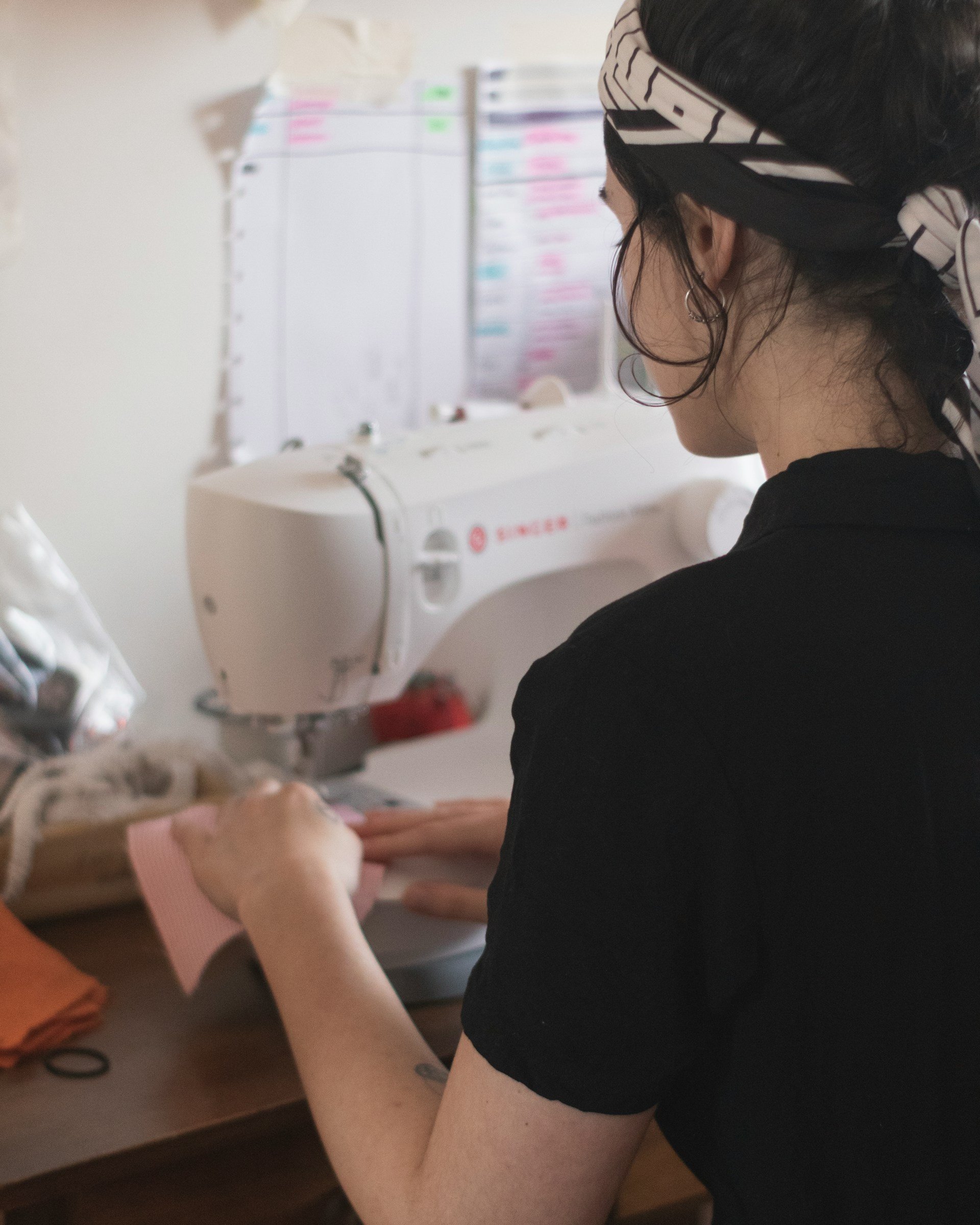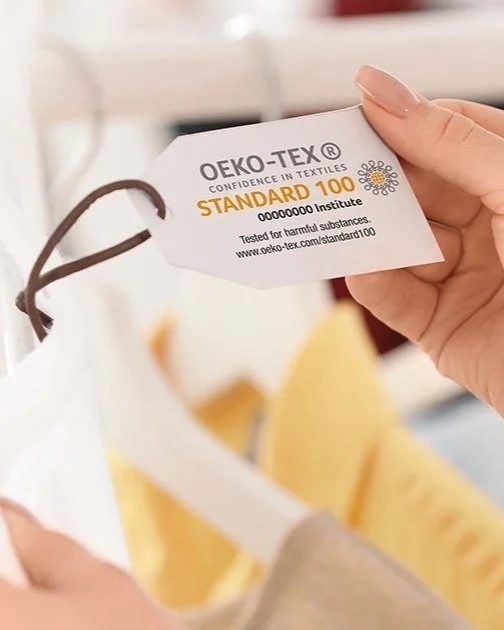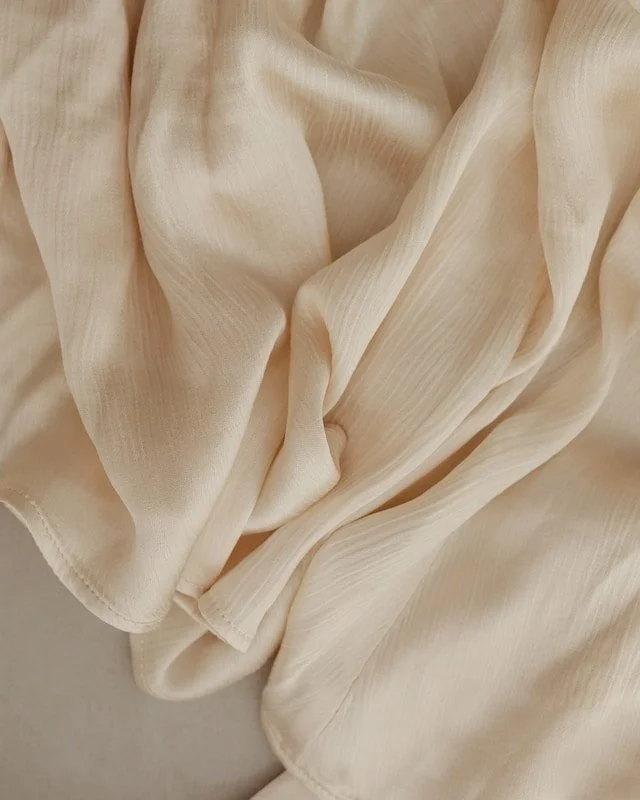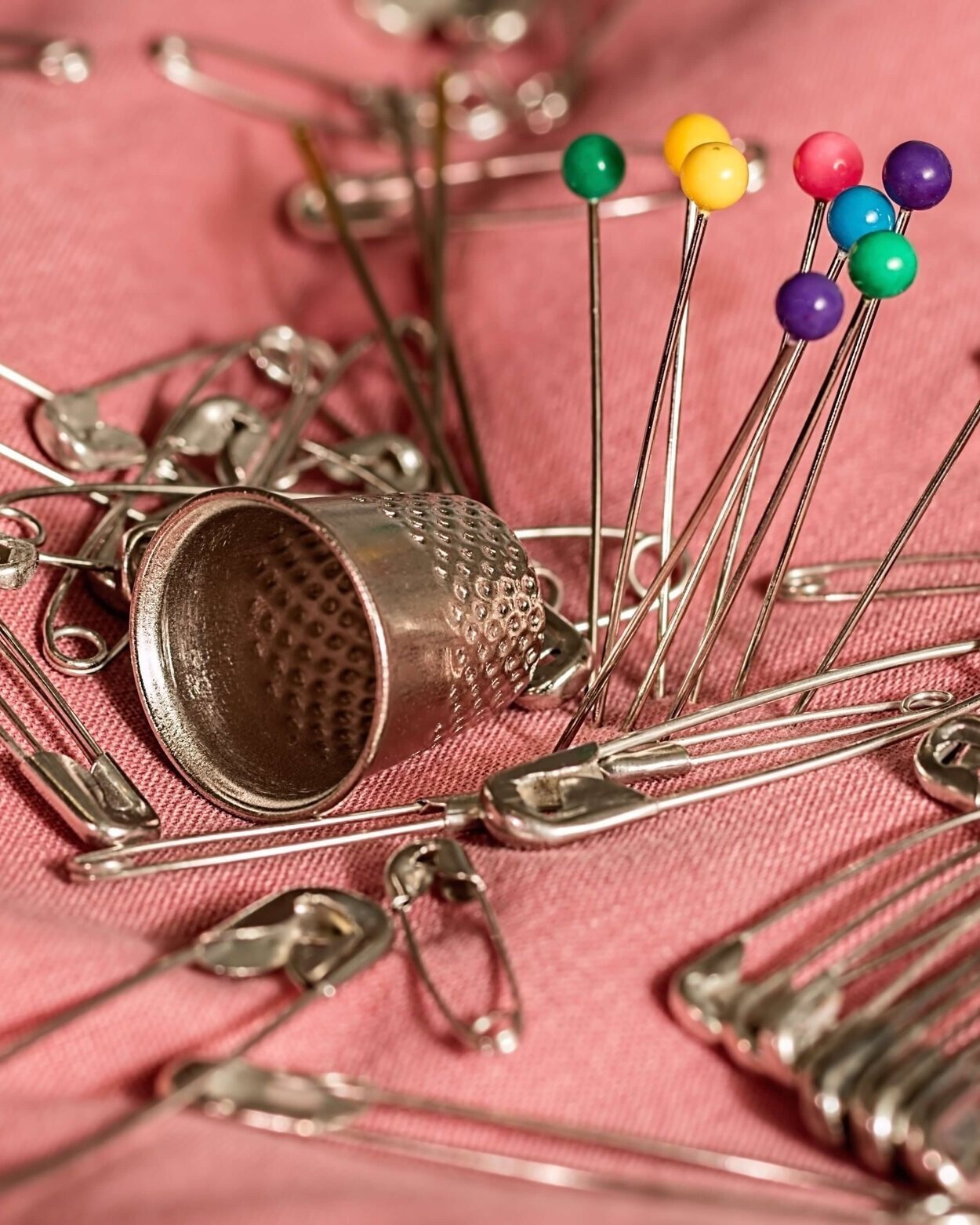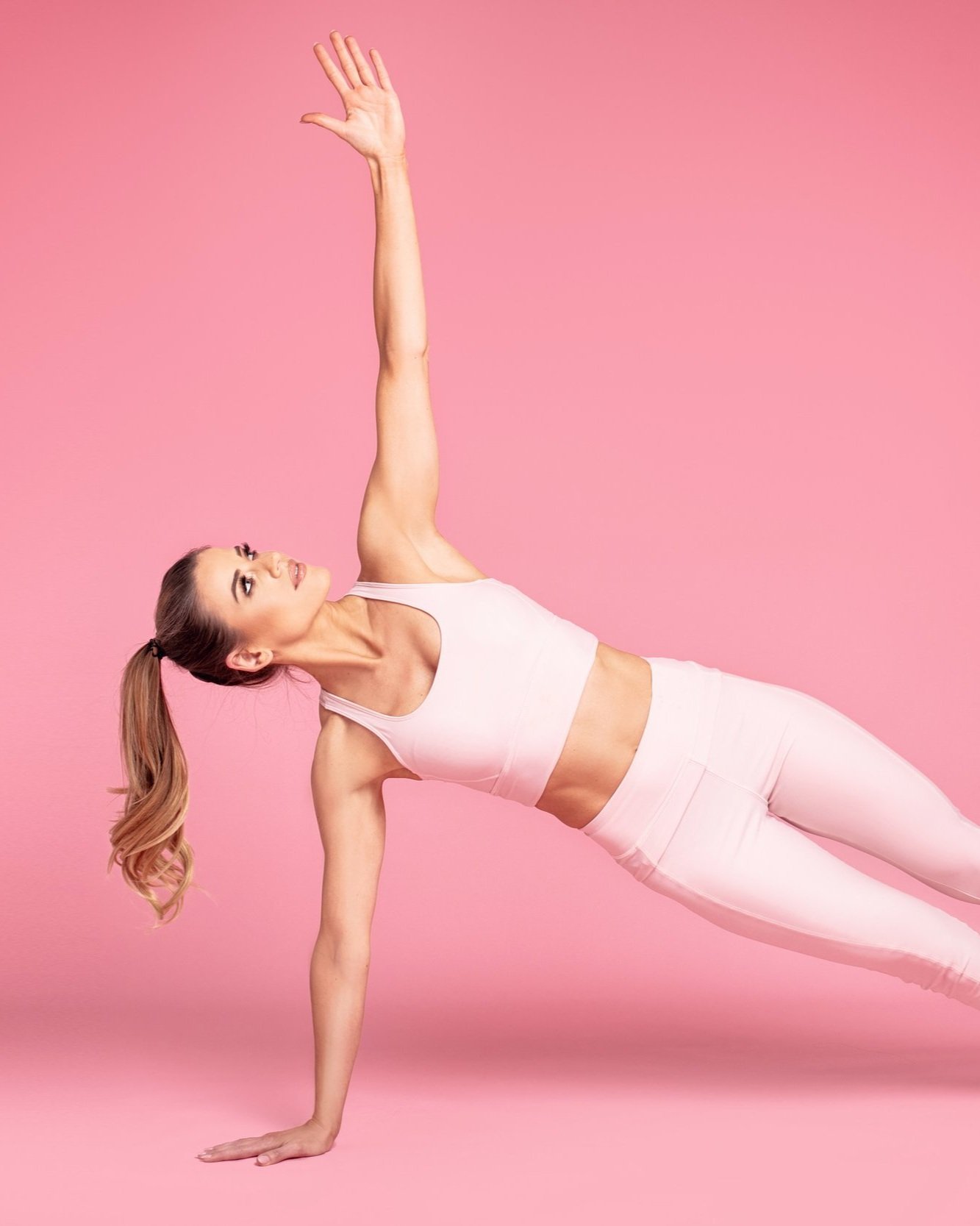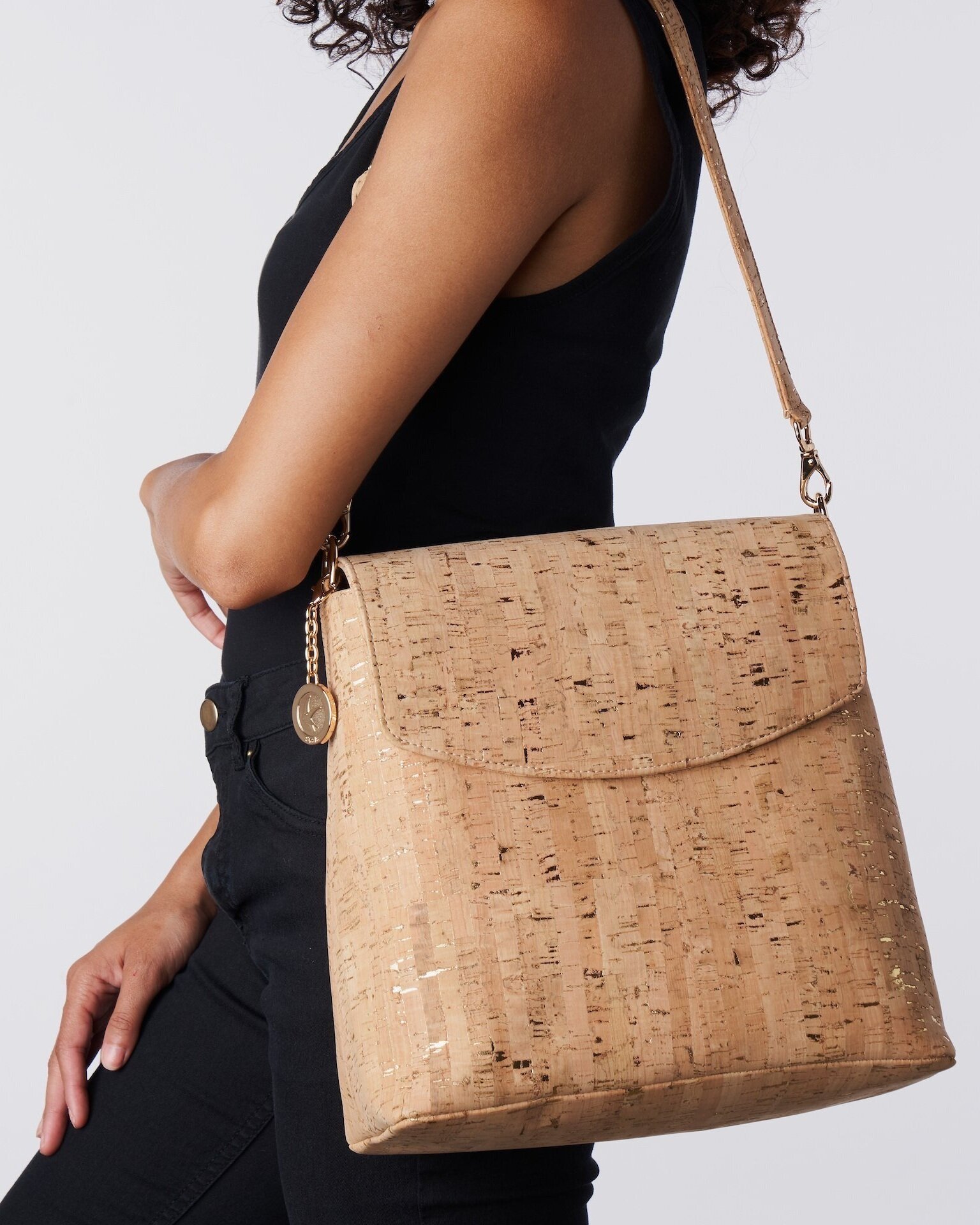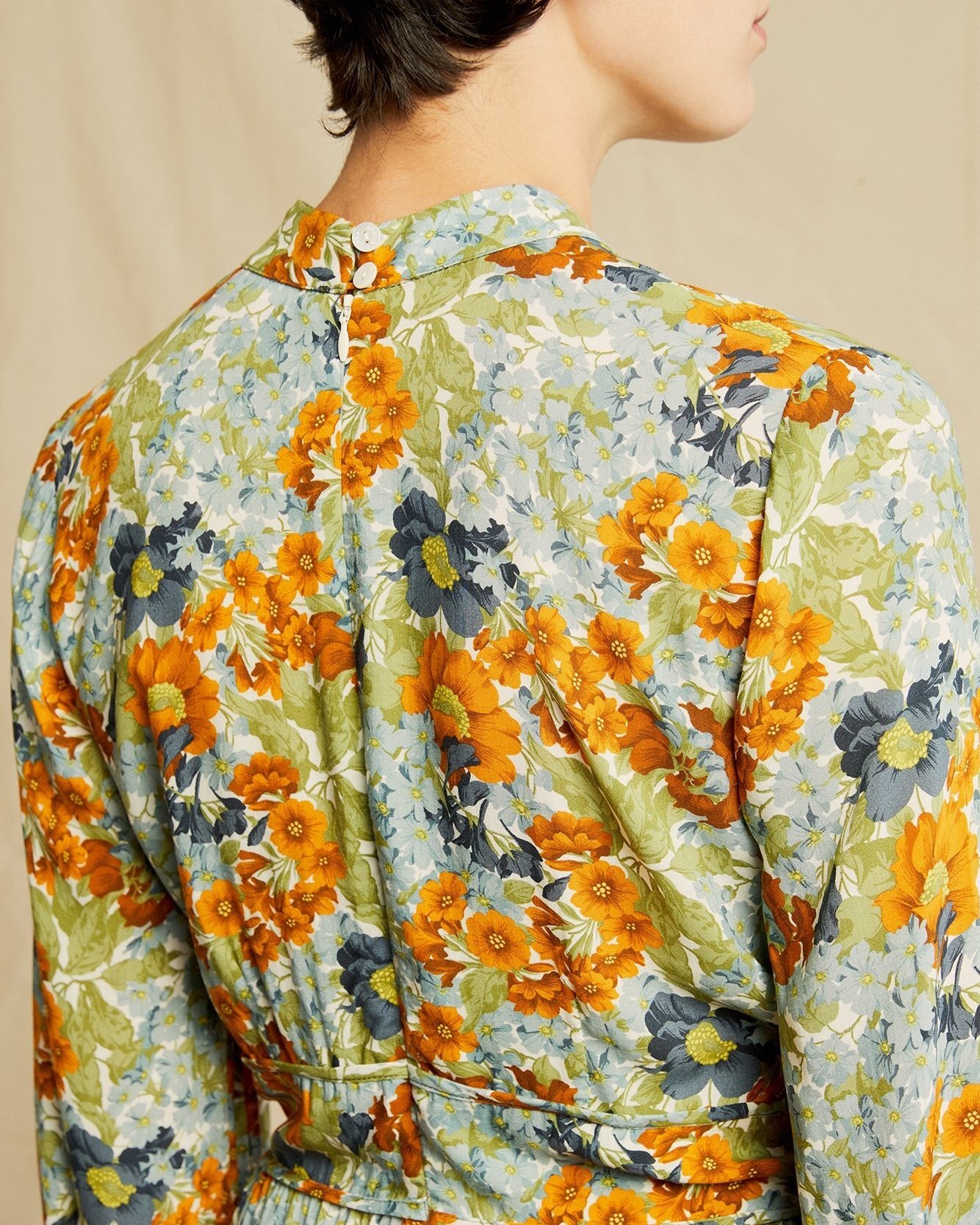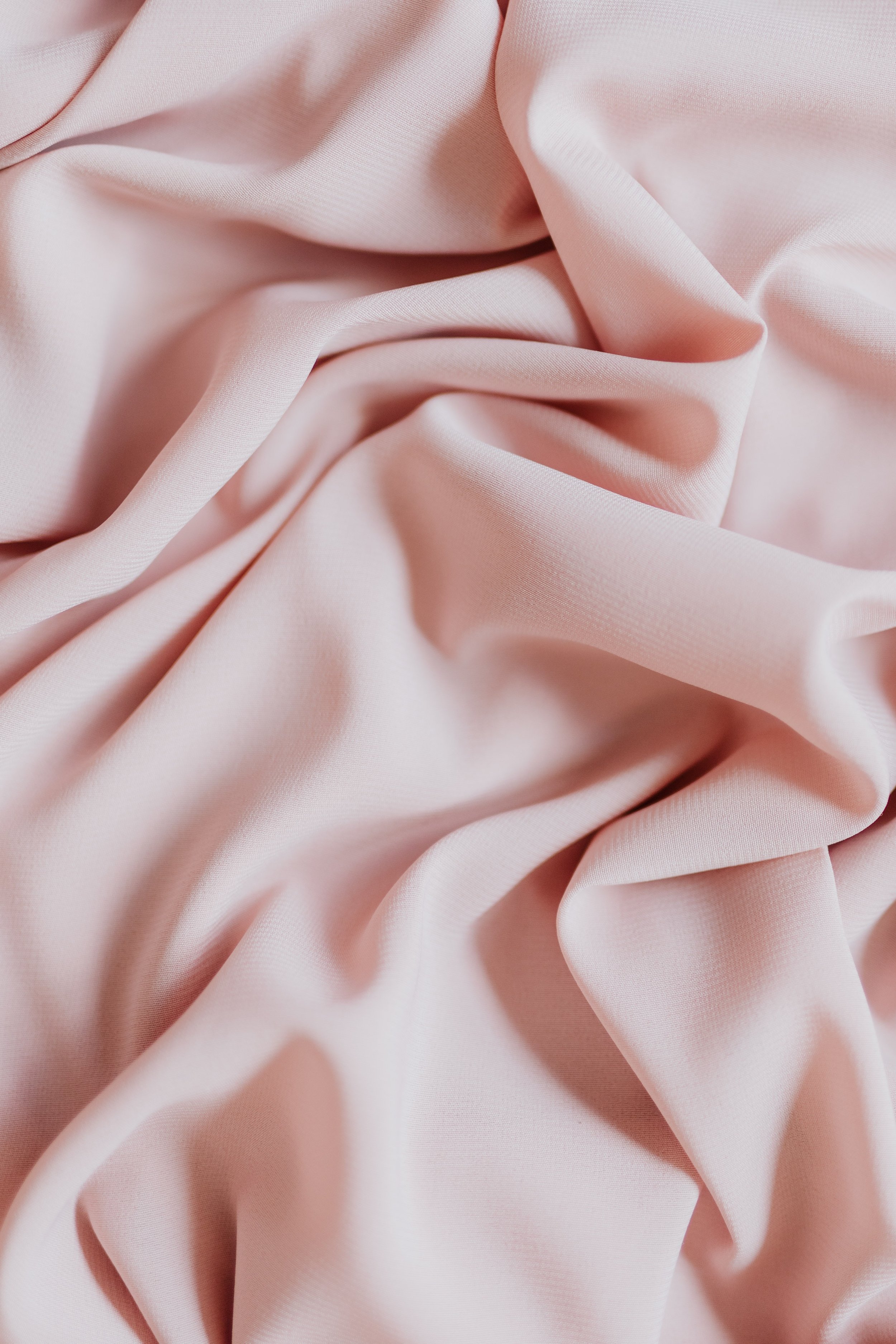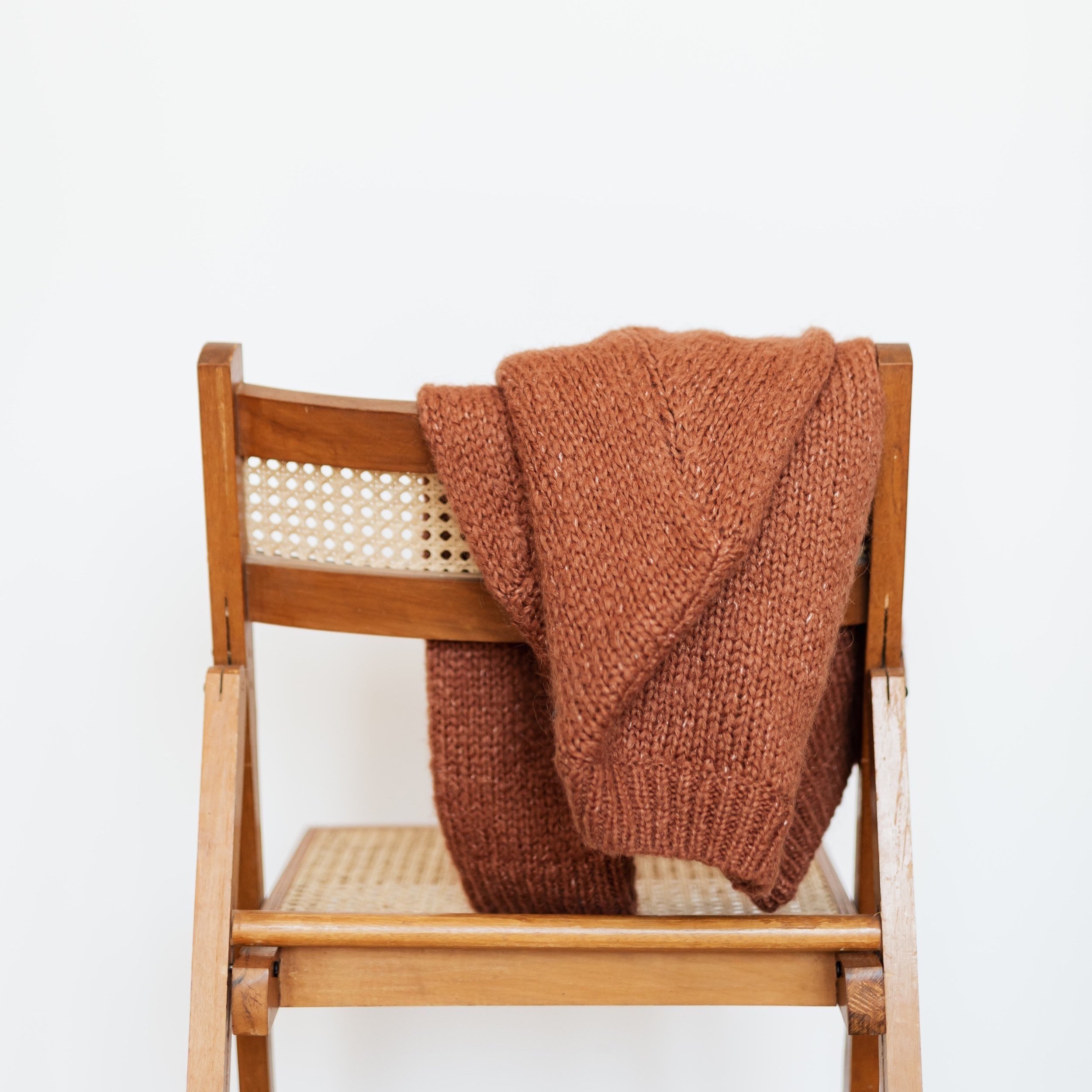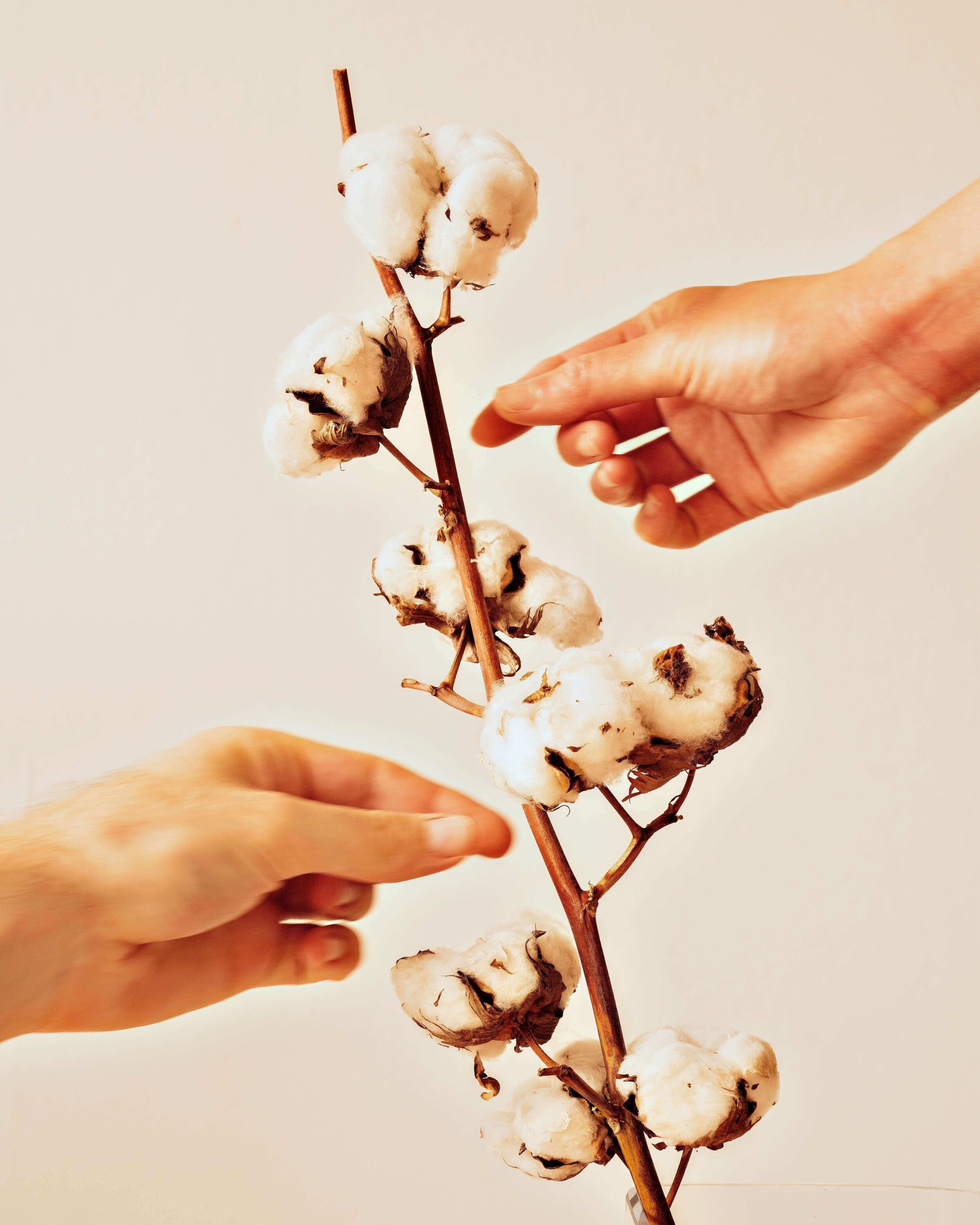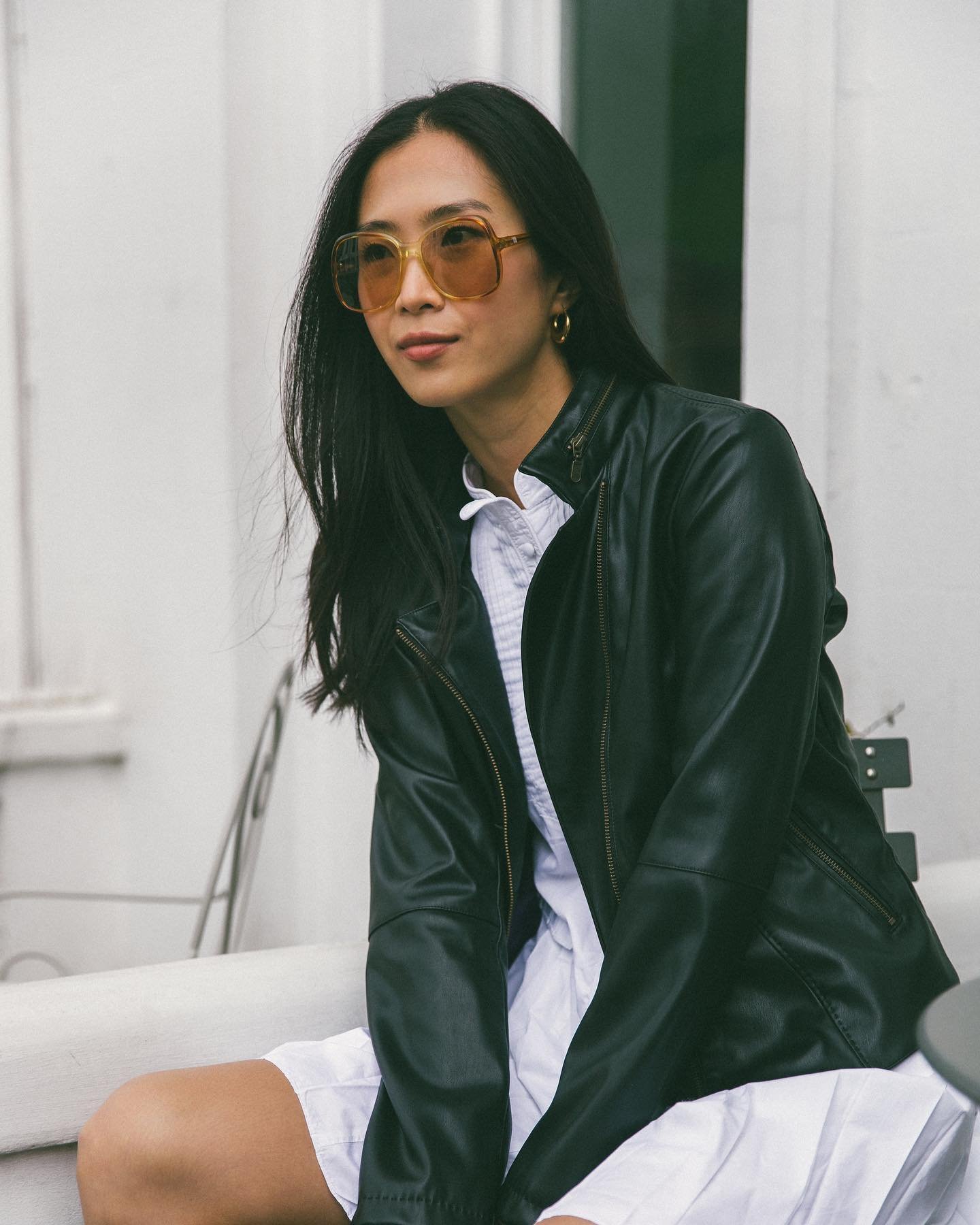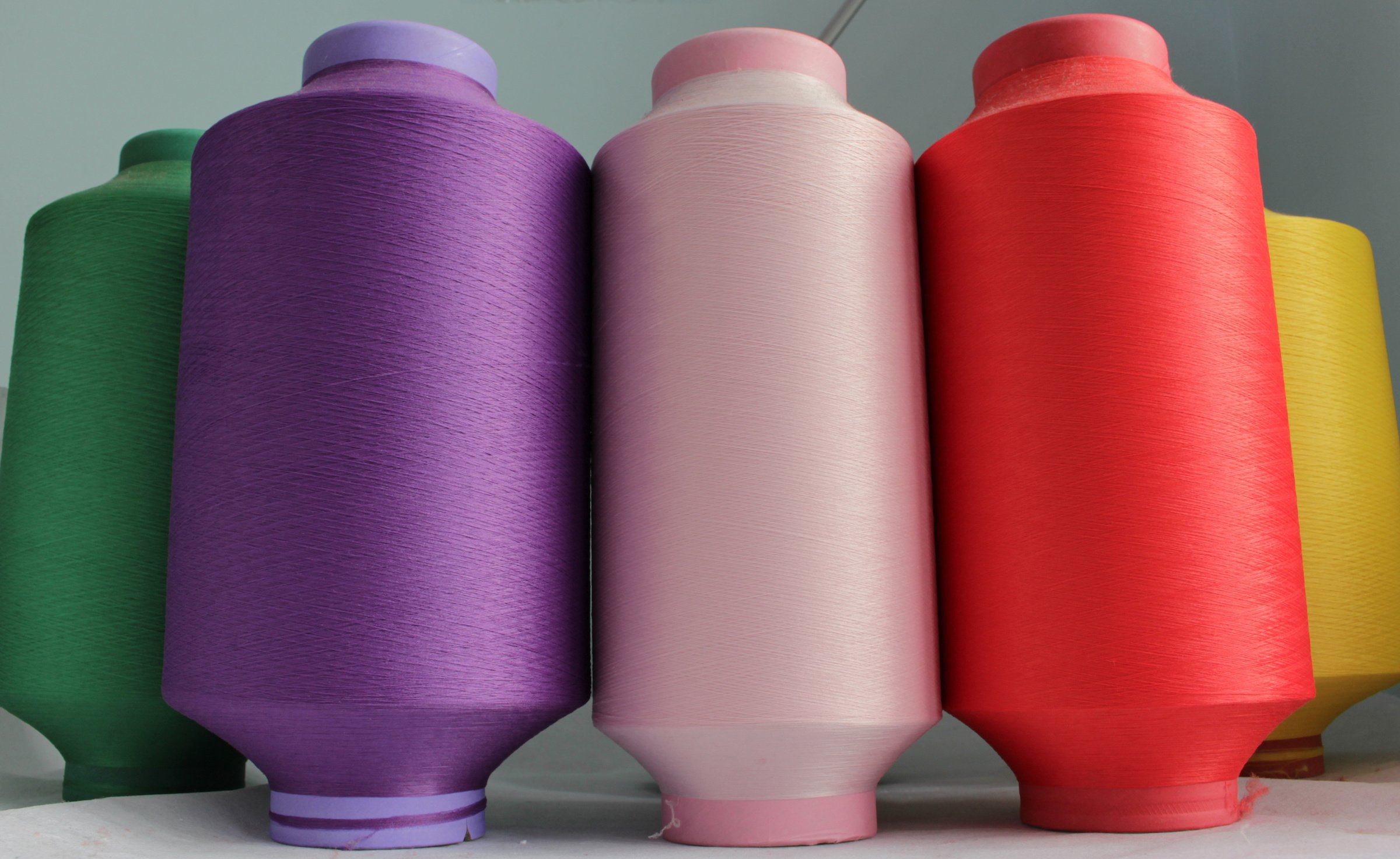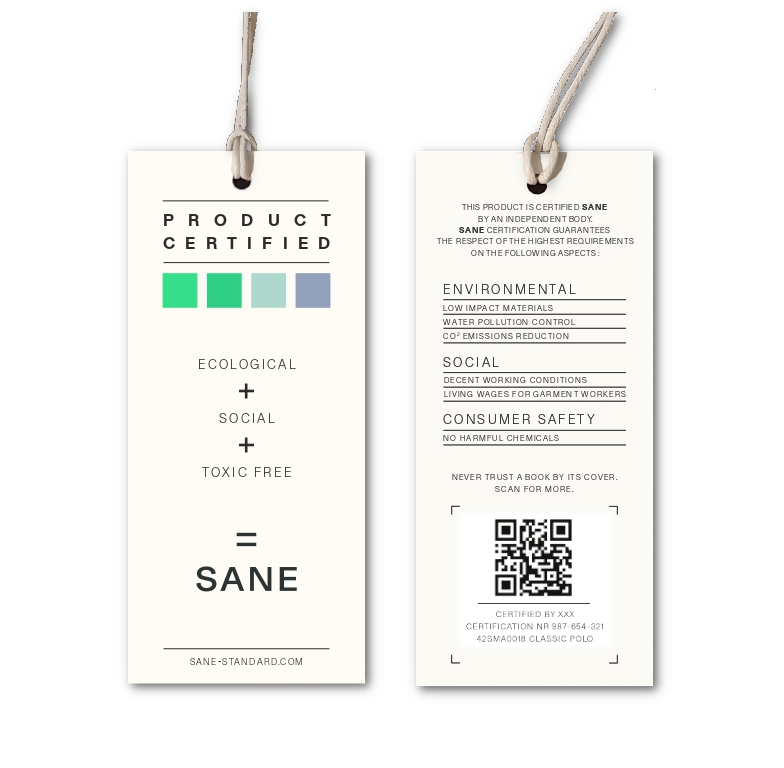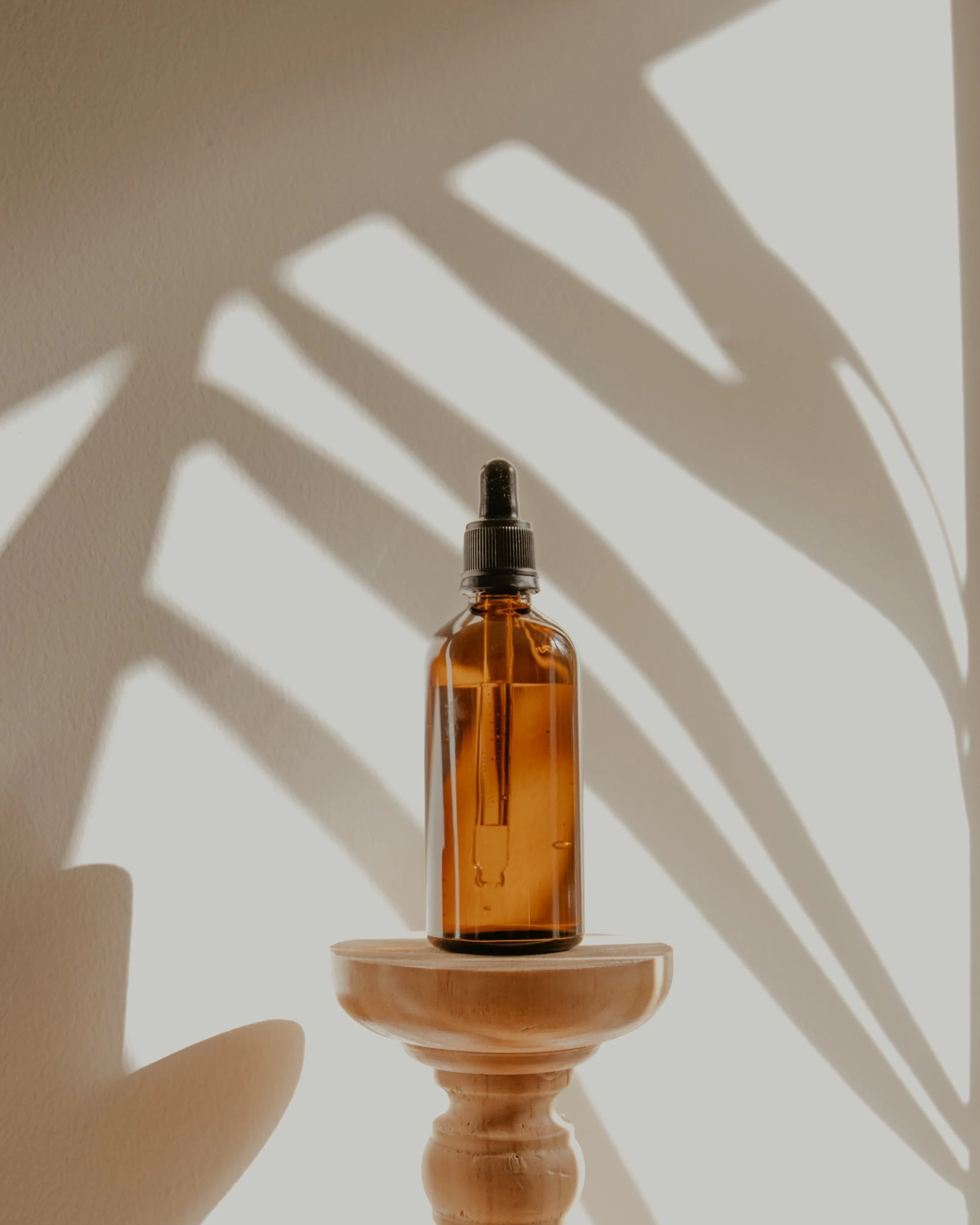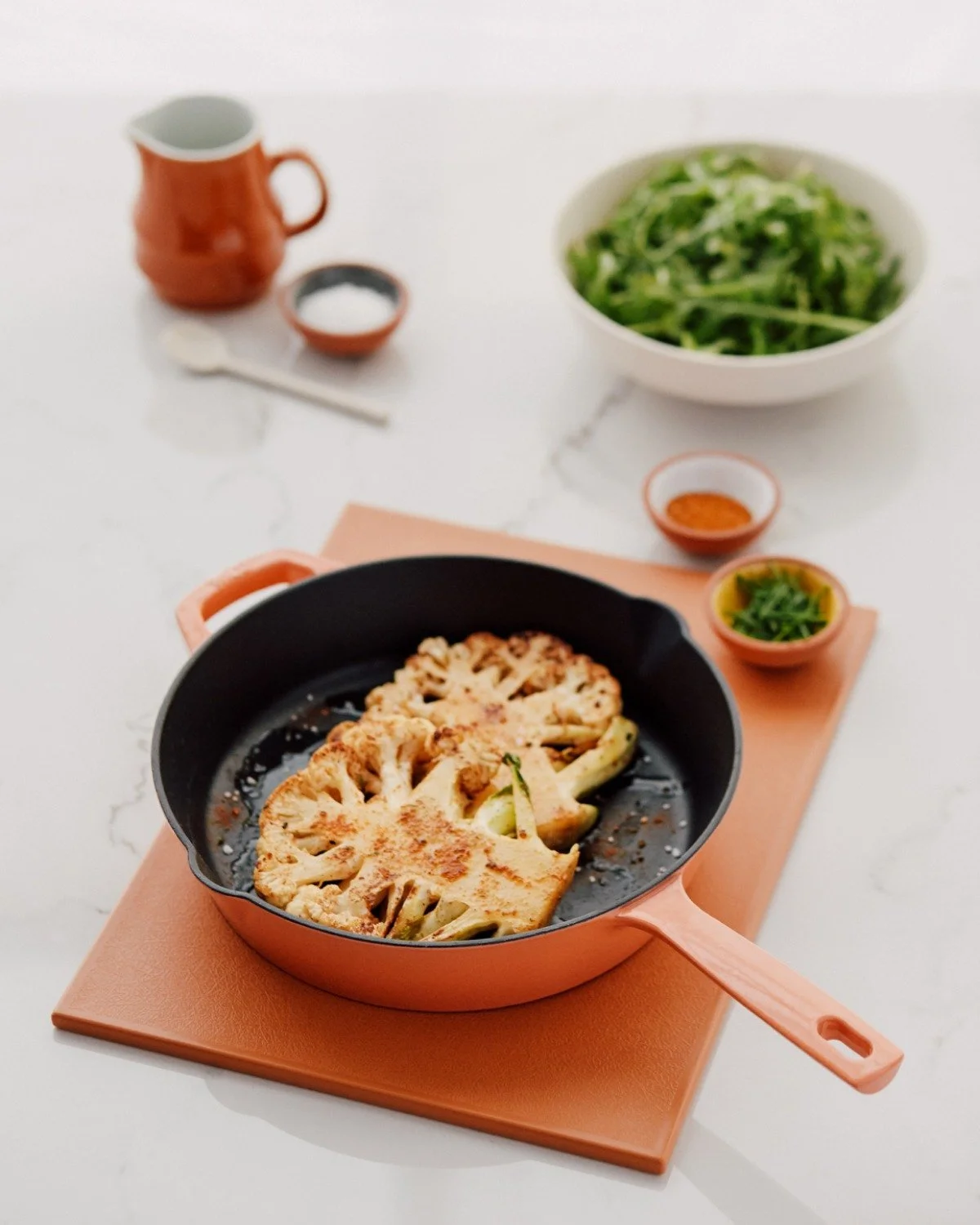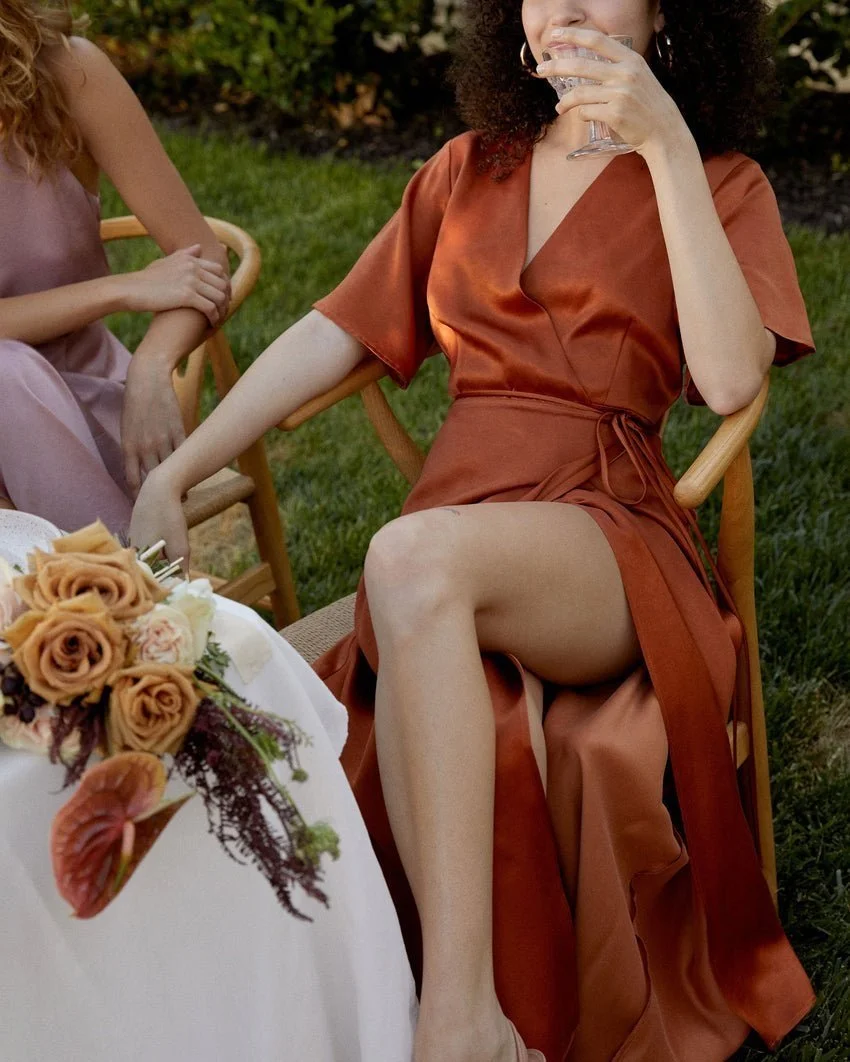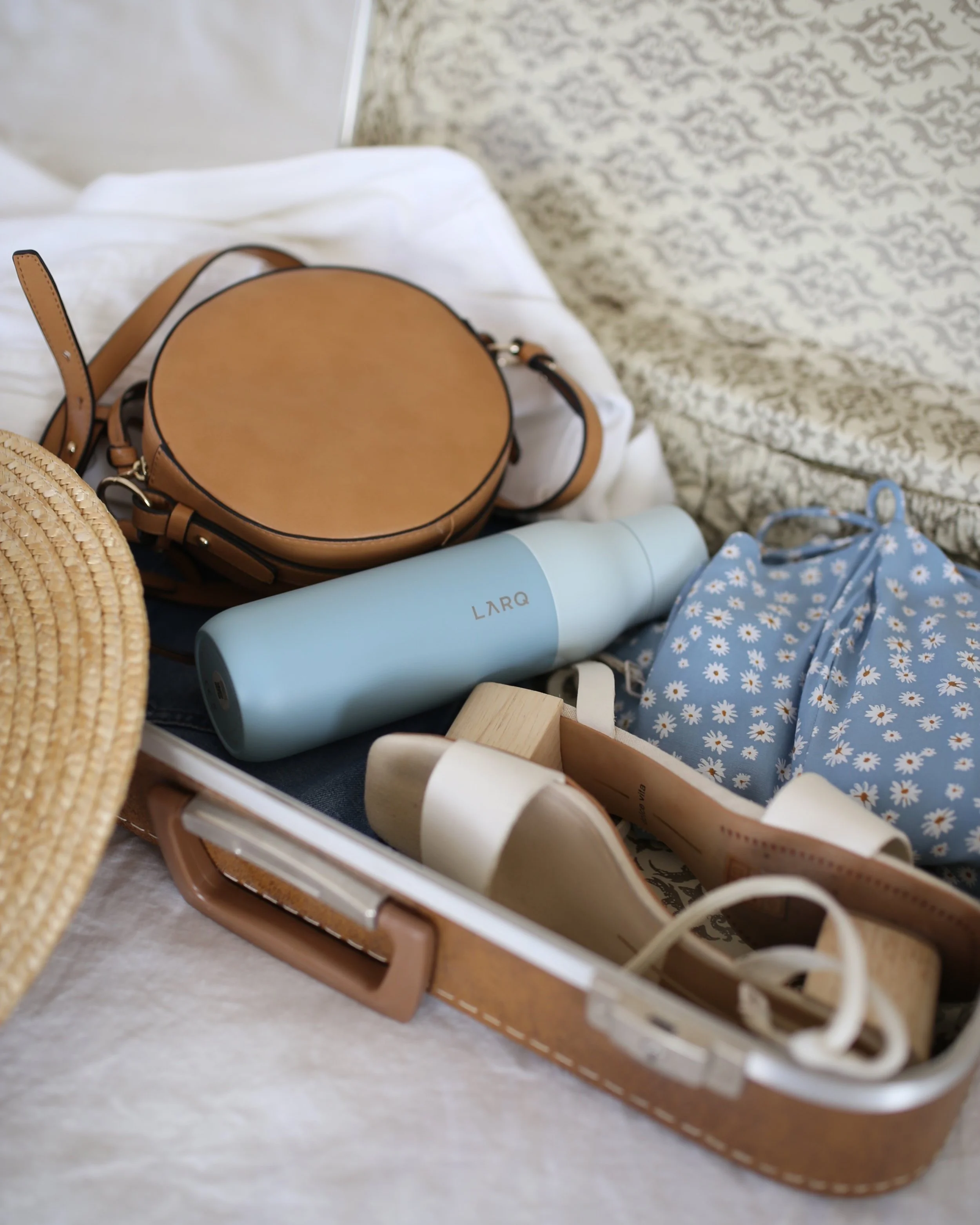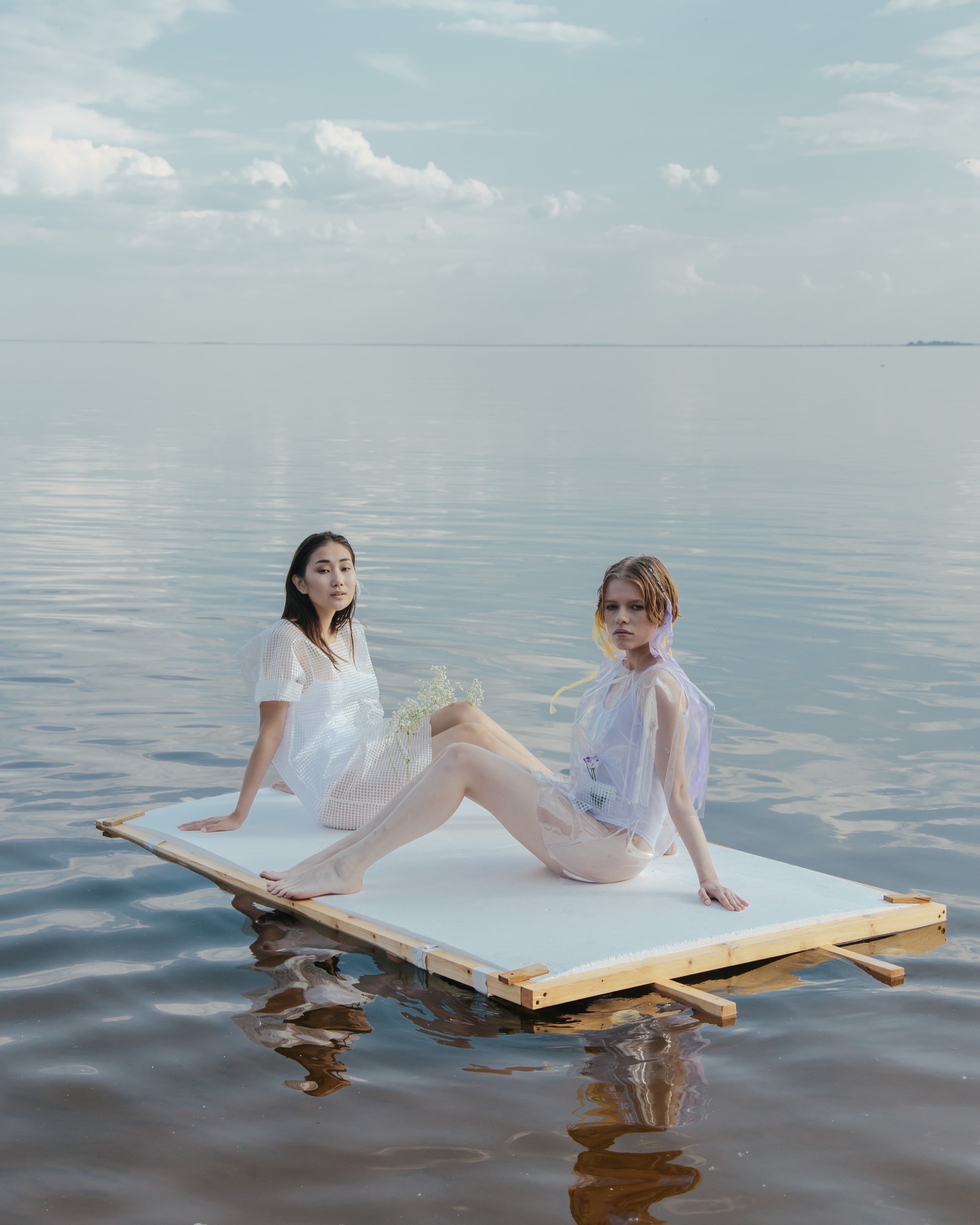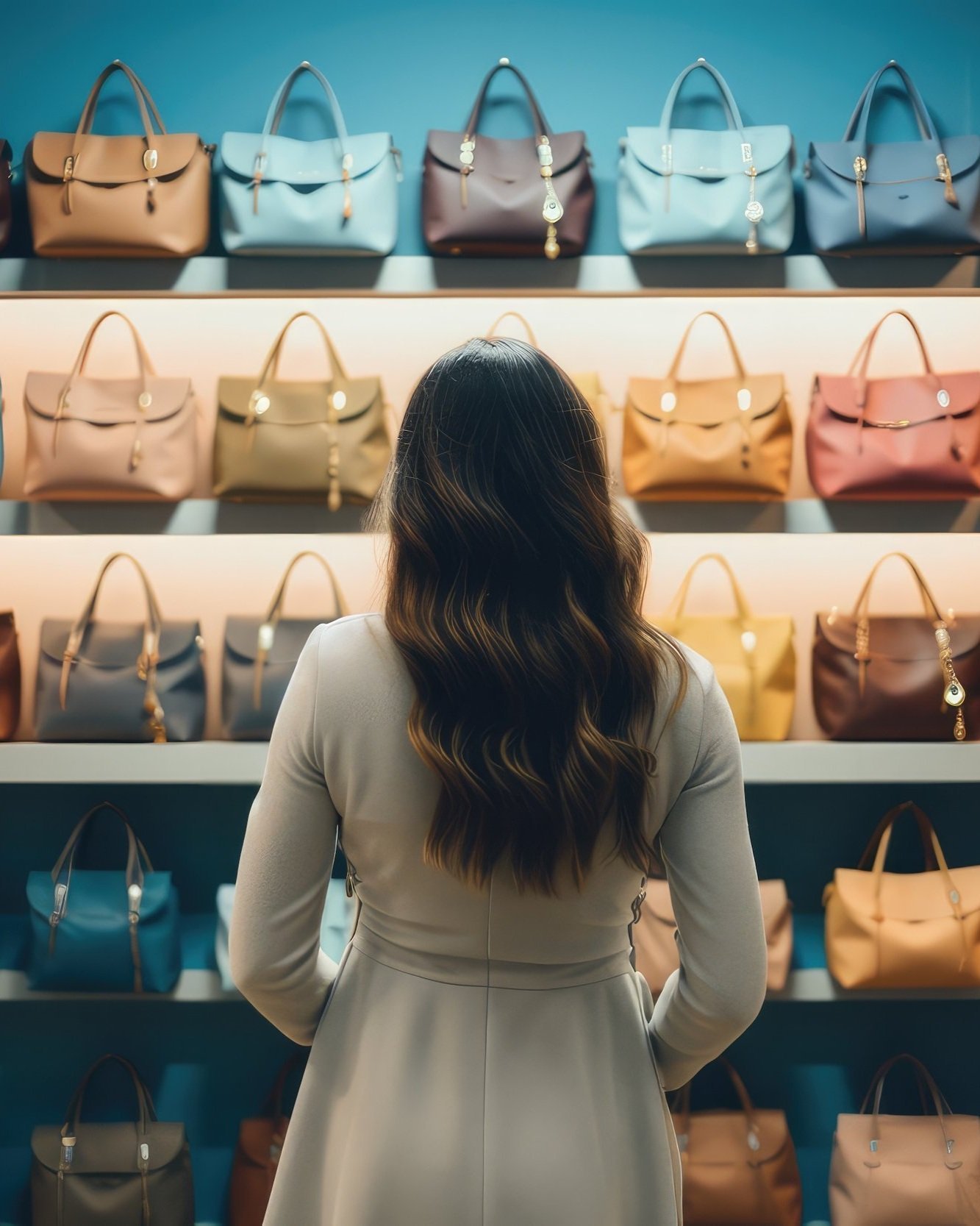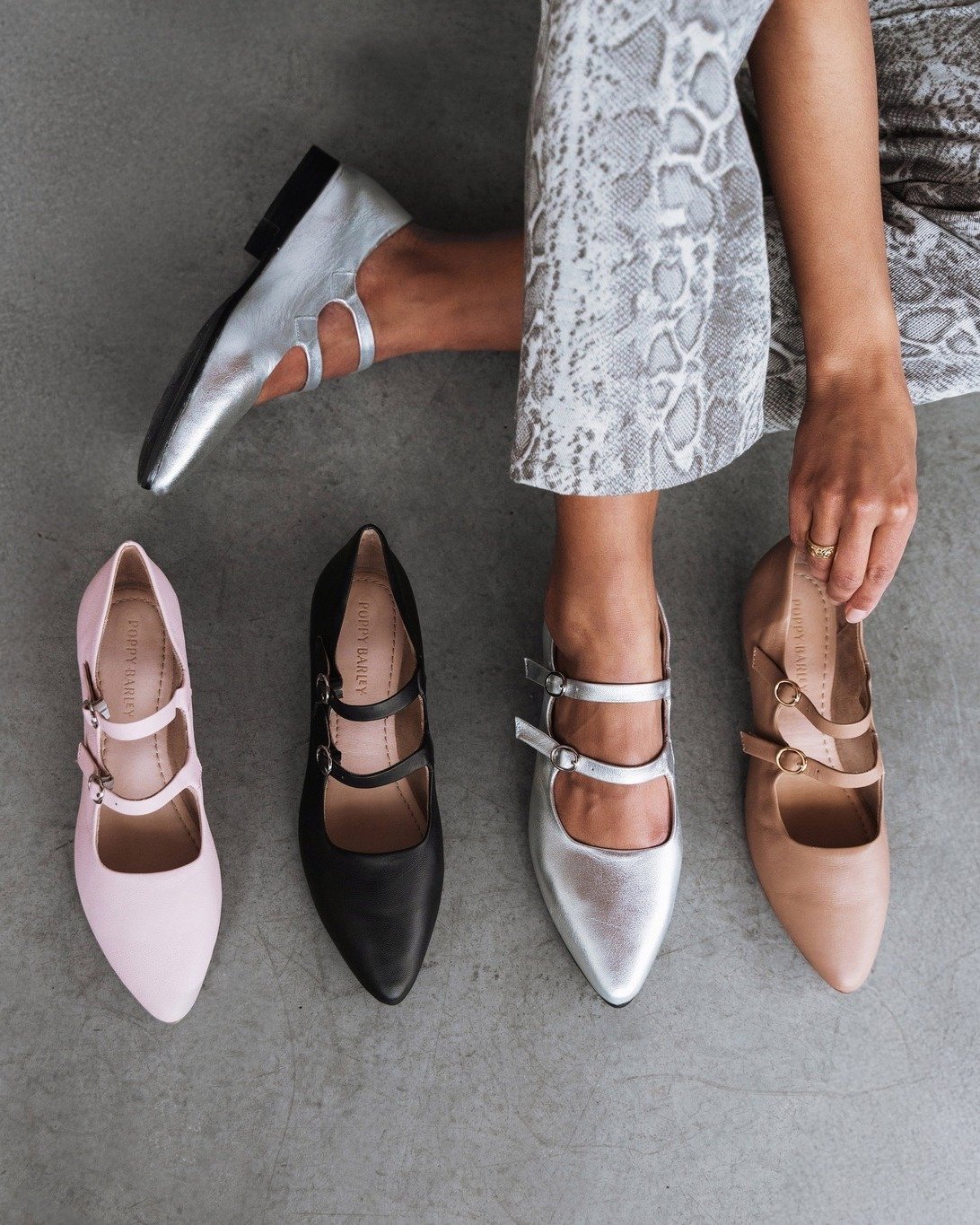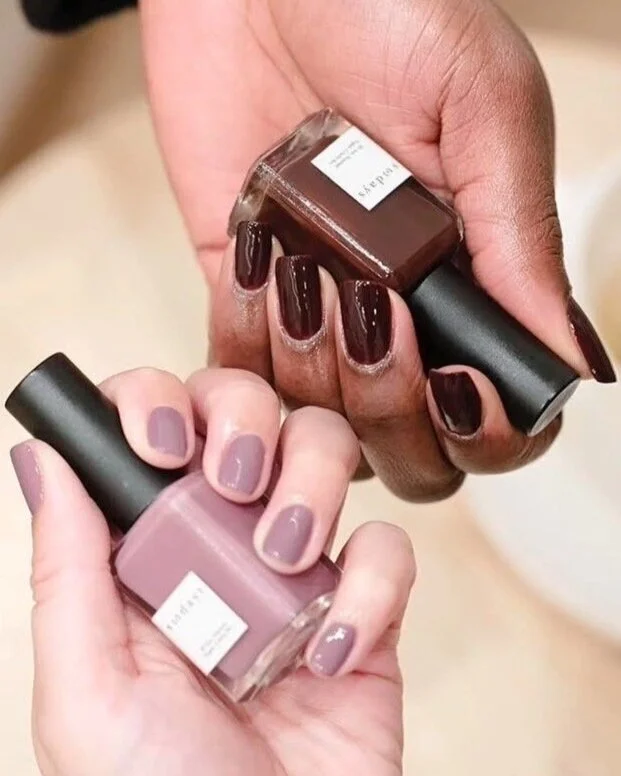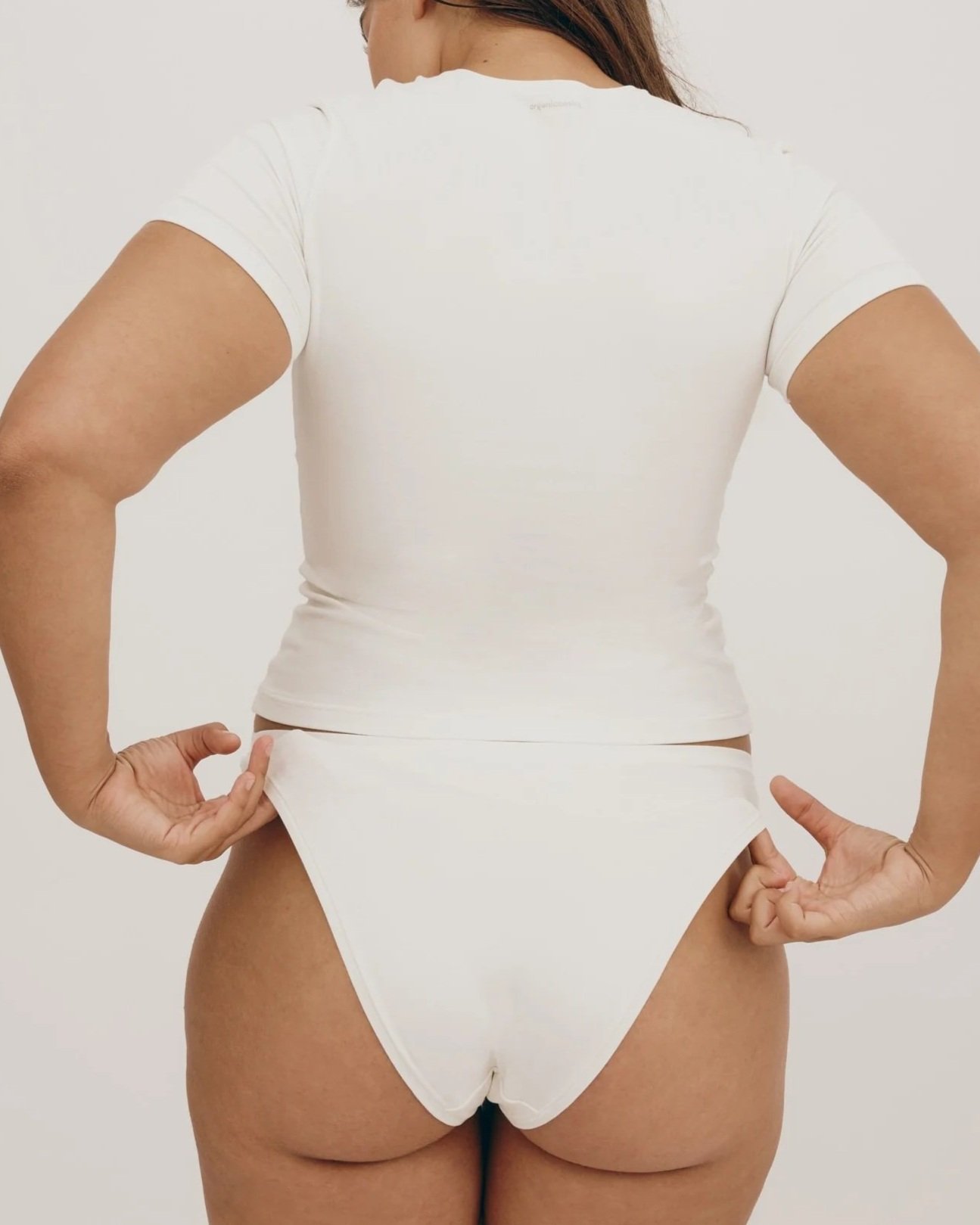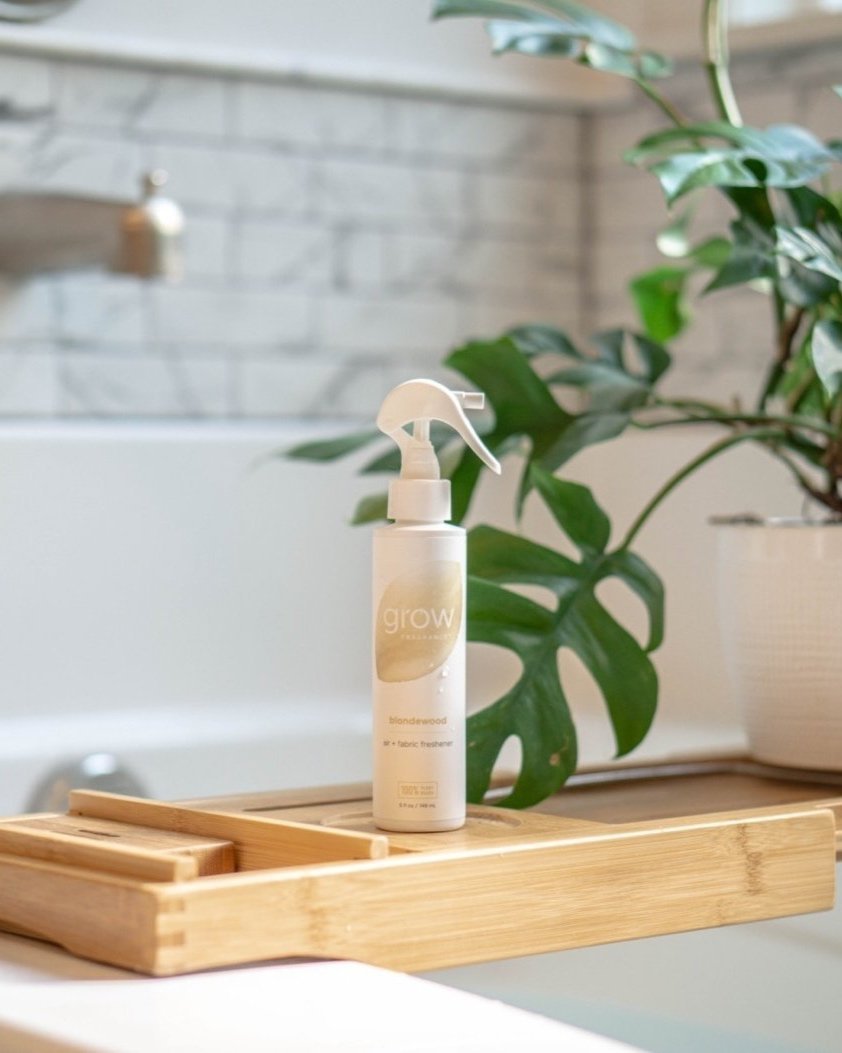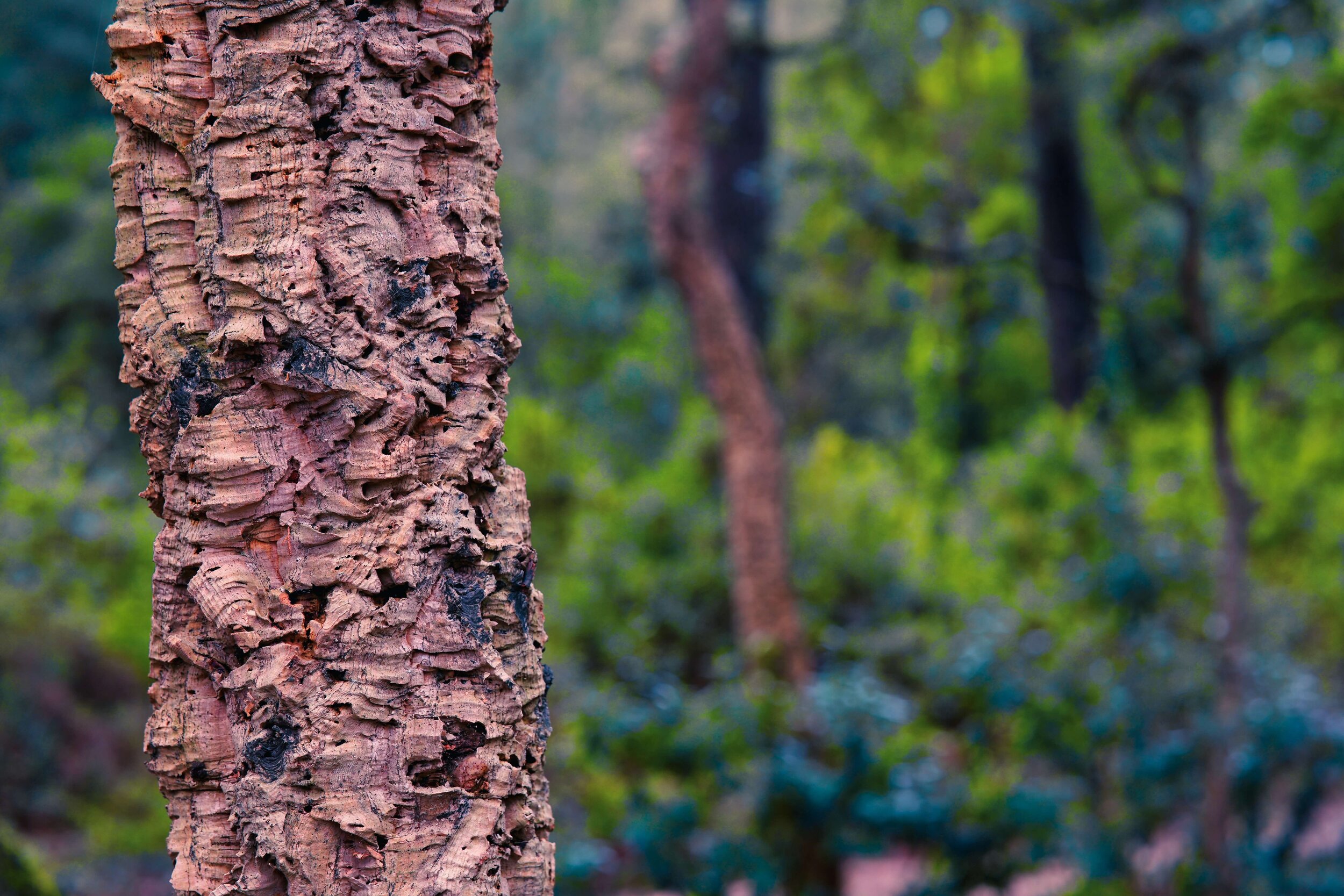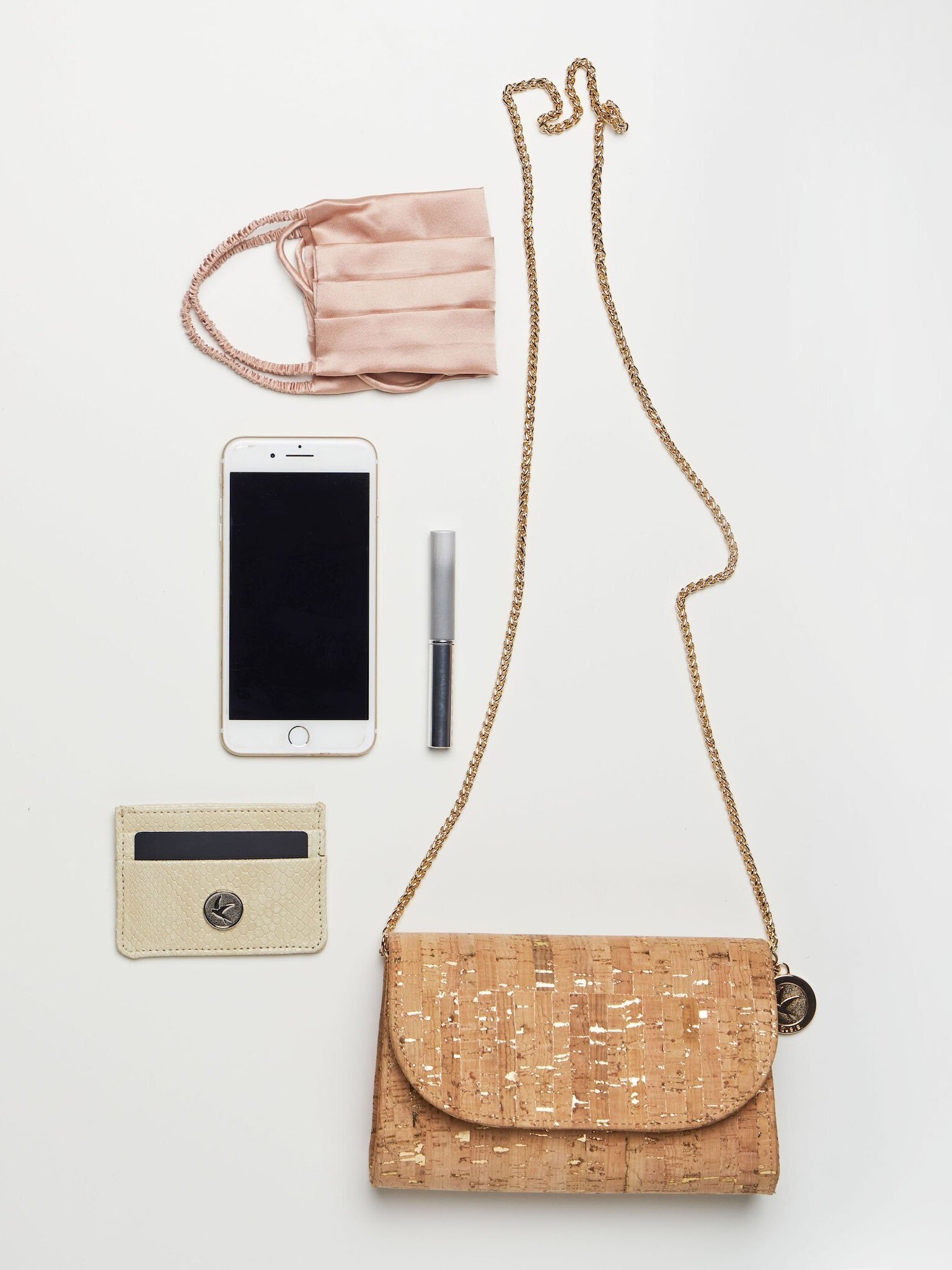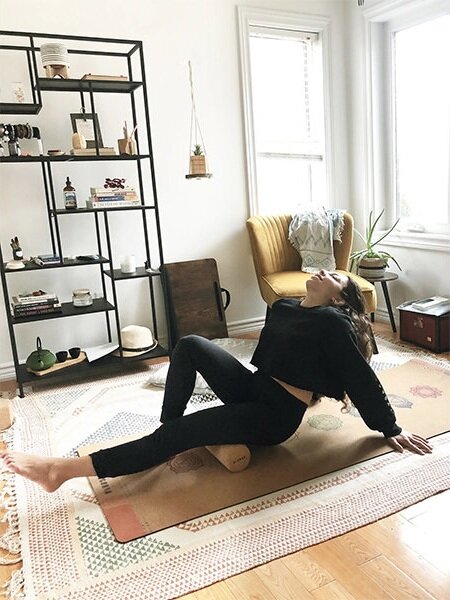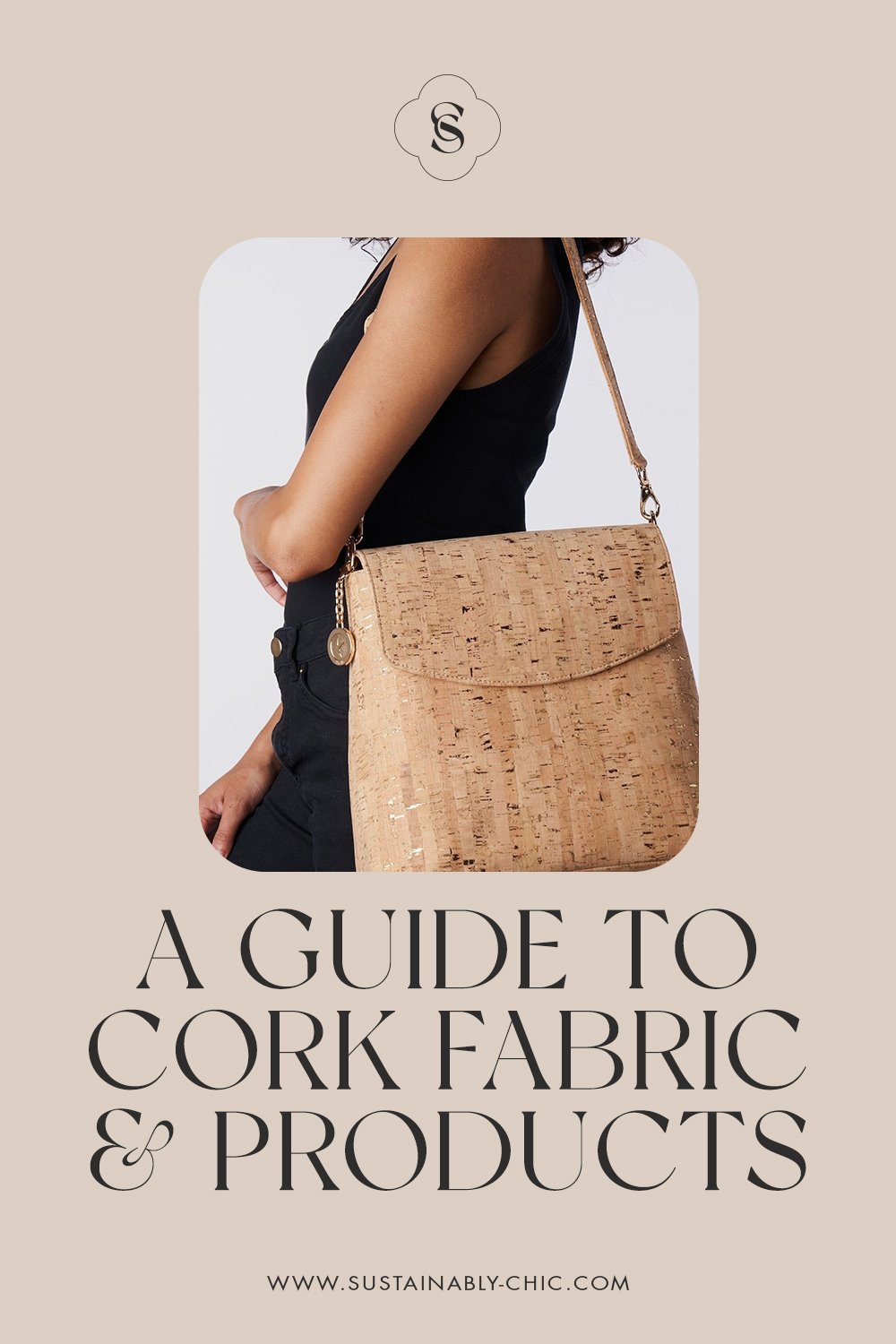How To Get Started Sewing Your Own Clothing
Quitting or cutting down on fast fashion might be challenging when it seems so ubiquitous, yet with the right tools and resources, one can make some, if not all, of the clothes they need.
Sewing our clothes is undoubtedly not the only way to create a sustainable wardrobe. Still, it's the perfect pastime to channel our creativity in a sustainable, practical, and fun way. Many people were taught how to sew as kids by family members and family friends, but it can seem as daunting as it is exciting for those who have to learn how to sew as adults.
Luckily, as in many other instances, the internet can come in handy for learning a manual skill such as sewing with tutorials, courses, and more for all skill levels. Fans of a more traditional learning approach shouldn't get discouraged either, as there are some great, helpful books on the topic.
We have compiled a list of valuable, accessible, and paid resources to help you start this exciting journey, familiarize yourself with the needle and thread, and level it up until you can make the garments of your dreams. With these resources, some time, dedication, and practice, your home-made clothes are on the horizon. Let's get sewing!
Image: Seamwork
The online sewing courses and classes
Seamwork
If you or a loved one are looking to learn how to sew clothing, the United States-based Certified B Corp. Seamwork is the perfect place to empower oneself to go from beginner to someone who can design and make clothes that fit them body-wise and style-wise.
"Learn to Sew Clothing" is Seamwork's straight-to-the-point, practical paid class for absolute beginners to sewing, providing them with the proper framework to feel empowered rather than intimated by sewing. It teaches its students about fabrics, how to use a sewing machine, and sewing patterns with the help of video modules, a workbook, a sewing dictionary, and much more.
Seamwork's most popular members-only course is their "Design Your Wardrobe" course, which includes videos, community access, a planner, and a workbook, and it's taught by the founder of Seamwork, Sarai Mitnick.
This course aims to make your sewing fit you and your fashion goals and taste, get strategic about your sewing, and avoid the most common pitfalls hobbyist tailors often find themselves stuck in without access to the right resources.
To those looking forward to making specific pieces to add to their closet, they also offer premium sew-alongs that walk you through the crafting process step-by-step and help you get the suitable fabric and fit with their adjustment tutorials.
In addition to their paid courses and patterns, they offer many free info and resources: anything from patterns and sew-along videos to sewing tips and inspo. You can find this accessible, easy-to-follow content across their website, YouTube, Instagram, and Podcast.
Made to Sew
Home-made doesn't have to mean poorly made. On the contrary, they can look and feel as good as the ones you buy from regular clothing companies. If you agree and want to make your home-made clothing look professional and sleek, Made to Sew offers the perfect assets to achieve this goal.
Founded by the London College of Fashion graduate fashion designer and sewing educator Aneka Truman, Made to Sew offers sewing expertise to people at all levels of their sewing journey. From those taking their first steps into the world of sewing to those who wish to level up their skills.
The Made to Sew free tutorials on their YouTube channel teach viewers the essential elements of sewing, like what machine needles to use and how to wind a bobbin, and all sorts of valuable techniques, like how to sew a French dart and how patterns match fabric for garments.
On Made to Sew, you can also find paid memberships to learn more about sewing, get familiar with pattern amendments, get support with sewing techniques, access a live stream database, and join a community of sewing lovers.
The Made to Sew Academy, which is free to join and gives access to the "Made to Sew" professional sewing, dressmaking, and tailoring classes, is also available via an app, which makes learning how to sew or level up one's sewing much more manageable.
Made to Sew offers the perfect information for those who want to learn how to sew independently and go beyond sew-along videos to make clothes that fit well and look professional.
Image: Rosery Apparel's
Patterns and sew-alongs
Rosery Apparel
If you are a beginner sewist looking for easy, fun sew-alongs, Rosery Apparel's YouTube channel is the perfect place for you. The sew-alongs with Janelle, the founder of Australia-based Rosery Apparel, are beginner-friendly, and the clothes you will get at the end are versatile, easy to wear, and easy to style, especially with each other as the garments featured on Rosery Apparel have a cohesive aesthetic that makes building fully you-made outfits intuitive.
On Rosery Apparel's website, you can also find the digital and paper patterns of some of the garments featured on the business's YT channel, which makes these projects more beginner-friendly as having both written and video instructions makes replicating the garments at home even more straightforward.
Friday Pattern Company
Founded in 2017, the US-based indie sewing pattern company Friday Pattern Company offers versatile, functional sewing patterns that are minimal, easy to follow, and fun to sew. They offer printed and pdf patterns as well as pattern bundles. On the company's YT channel, you can also find sew-alongs of patterns from Friday Pattern Company's shop, which makes following them at home more beginner-friendly.
These are available online on the Friday Pattern Company's website and other specialized e-shops, but you can also find their products in local fabric and sew shops across the globe. If you are in the market for fun sewing patterns, you might be able to find some from Friday Pattern Company in your area.
The sewing books and e-books
"You Will Be Able to Sew Your Own Clothes by the End of This Book" by Juliet Uzor
As the title implies, the goal of this short, informative book by London-based teacher, author, DIY content creator, and winner of the 2019 Great British Sewing Bee in 2019 Juliet Uzor is to teach its readers the essential, fundamental skills of sewing they need to make their first home-made garments.
Through "You Will Be Able to Sew Your Own Clothes by the End of This Book," the skills and techniques you'll learn, like how to employ a sewing machine, how to make measurements properly, and how to use a pattern, won't just stay abstract notions in your head, but instead, you'll get the chance to put to use straight away.
In addition to the needed info to start sewing clothes at home, the book, in fact, also includes 15 sewing projects with the required patterns to make a wide array of clothes and accessories, like a versatile camisole and a tiered skirt. Projects like these are the perfect occasion for a beginner to try their hand at projects employing a variety of fabric weights and typologies.
This book isn't just for those who want to make new garments from scratch but also for those who wish to learn how to sew to spruce up the clothes they already own or rework old garments into new fashion pieces.
That's because "You Will Be Able to Sew Your Own Clothes by the End of This Book" also includes some fun projects that teach you how to upcycle second-hand and vintage garments, like turning a pair of old jeans into a tote bag or an oversized shirt into a gathered skirt.
Sew It Yourself with Diy Daisy by Daisy Braid
Australian author, self-taught sewist, and content creator Daisy Braid's "Sew It Yourself with Diy Daisy" is a great sewing book for makers at all learning stages who wish to make their fun, versatile, and comfortable clothing at home. It has all the info a beginner needs to familiarise themselves with sewing. Sewing equipment, core techniques, and sewing materials won't be a mystery anymore.
With that info, beginners and more advanced learners can tackle the book's twenty pattern-free, infinitely customizable projects. That is because these projects include clear step-by-step instructions with plenty of illustrations and pictures. No guesswork is involved here; you'll know what to do!
In addition to the easy-to-follow instructions, this book's sewing projects have another plus: you can effortlessly adapt them to your body and fit preferences. The book's ten more complex clothing projects don't follow standard sizing. Instead, the makers should use their body measurements when making their one-of-a-kind home-made garments, making Daisy Braid's book the perfect read for a size-inclusive introduction to sewing. Plus, the garments feature no buttons or zips, which improves their chances of better weathering size fluctuations and makes them easier to create.
If you are uncomfortable making clothes just yet, "Sew It Yourself with Diy Daisy" 's ten small accessory projects are just what you might need to dip your toes into sewing without committing to more time-consuming, more challenging projects.
About the Author
Roberta Fabbrocino is a journalist specialized in climate change and sustainability-related topics. Her articles have been published in several international eco-publications. Roberta also works as a content writer for sustainable companies.
MAKE SURE TO PIN THE PHOTO BELOW TO SAVE THIS POST FOR LATER!
WANT TO FIND SUSTAINABLE BRANDS? VISIT OUR BRAND DIRECTORY!
Our Brand Directory is home to hundreds of sustainable brands, from makeup to cleaning supplies, from underwear to shoes. We have broken everything down by category for easy shopping, along with discount codes unique to Sustainably Chic viewers.

